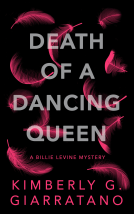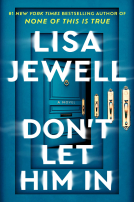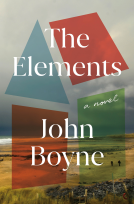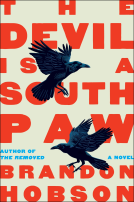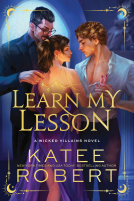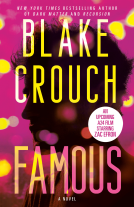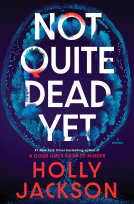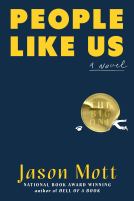The Great Influenza
by John M. Barry
You must sign in to see if this title is available for request. Sign In or Register Now
Send NetGalley books directly to your Kindle or Kindle app
1
To read on a Kindle or Kindle app, please add kindle@netgalley.com as an approved email address to receive files in your Amazon account. Click here for step-by-step instructions.
2
Also find your Kindle email address within your Amazon account, and enter it here.
Pub Date Jan 25 2005 | Archive Date Not set
PENGUIN GROUP Penguin Books | Penguin Books
Talking about this book? Use #TheGreatInfluenza #NetGalley. More hashtag tips!
Available Editions
| EDITION | Paperback |
| ISBN | 9780143034483 |
| PRICE | $16.00 (USD) |
| PAGES | 560 |
Available on NetGalley
NetGalley Reader (PDF)
NetGalley Shelf App (PDF)
Send to Kindle (PDF)
Download (PDF)
Readers who liked this book also liked:
The Devil Is a Southpaw
Brandon Hobson
General Fiction (Adult), Literary Fiction, Multicultural Interest
Brandon Hobson
General Fiction (Adult), Literary Fiction, Multicultural Interest



